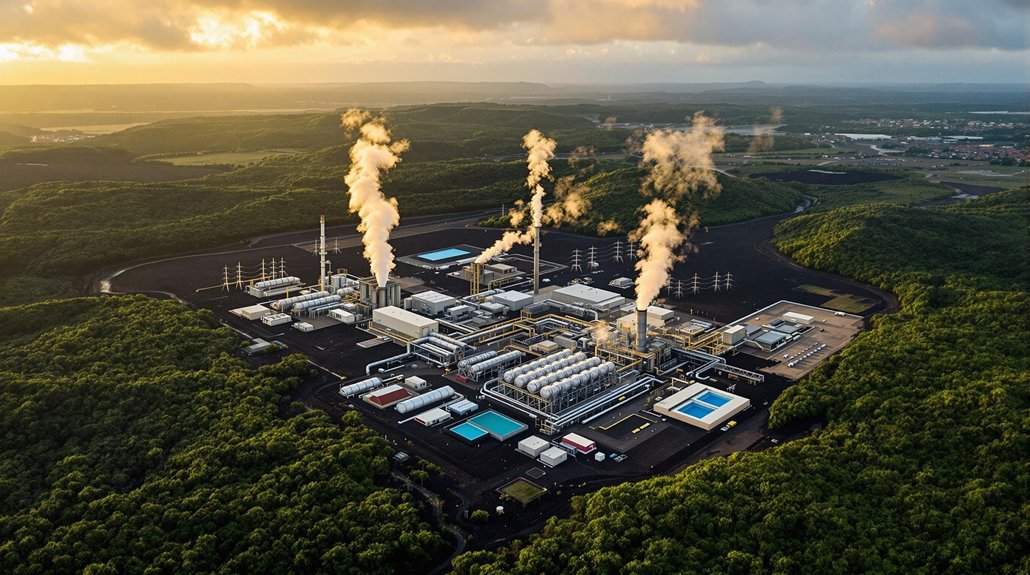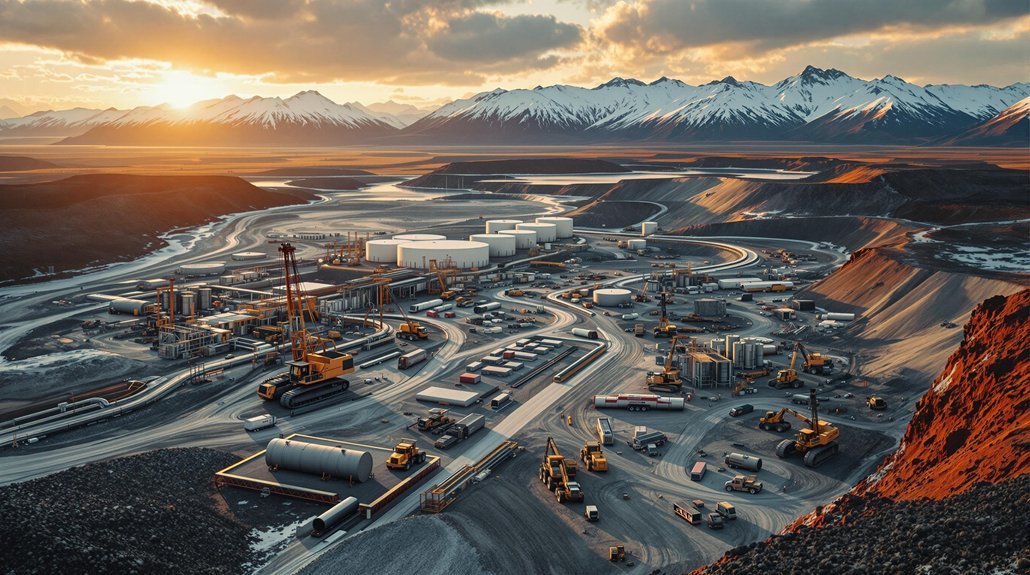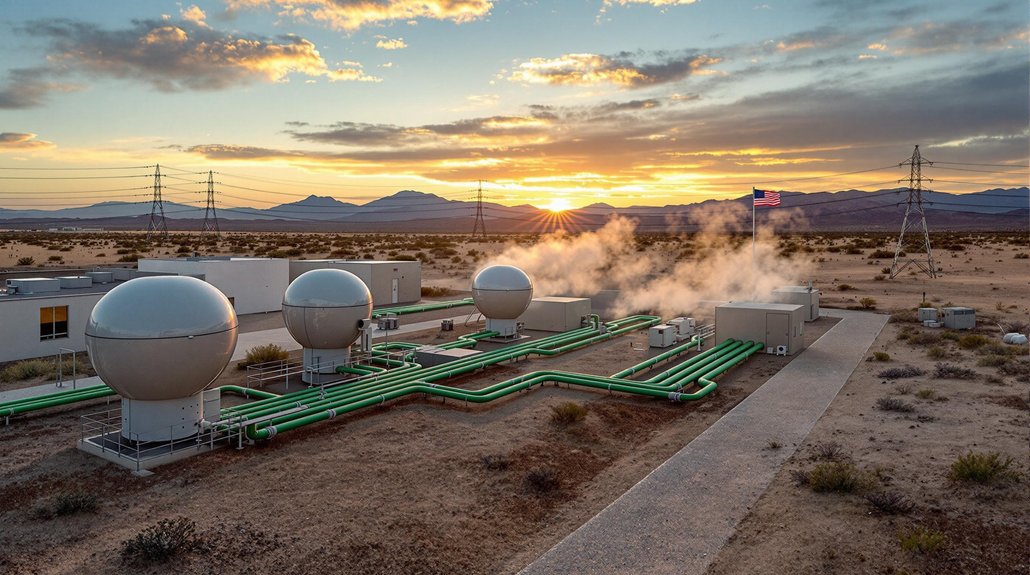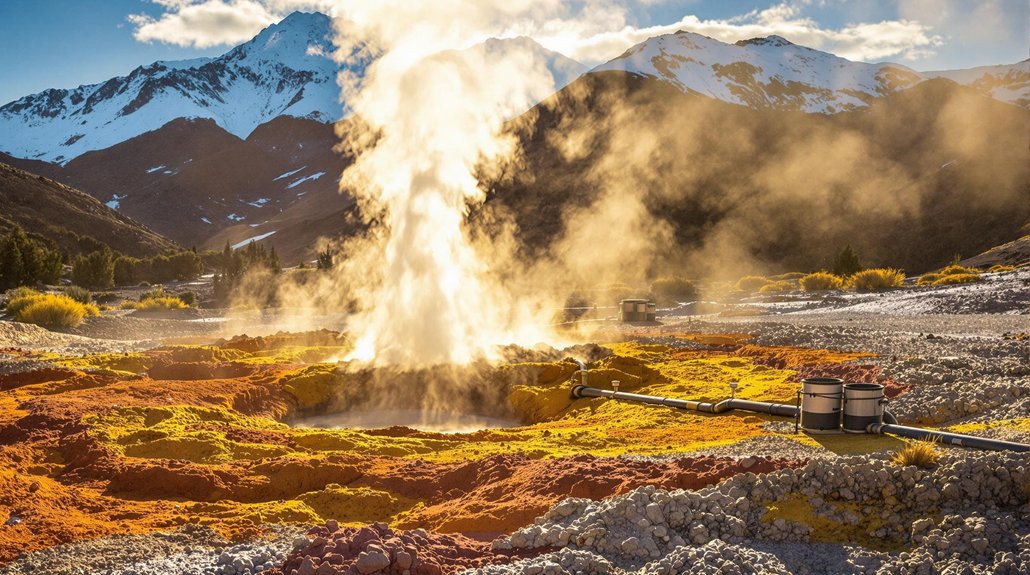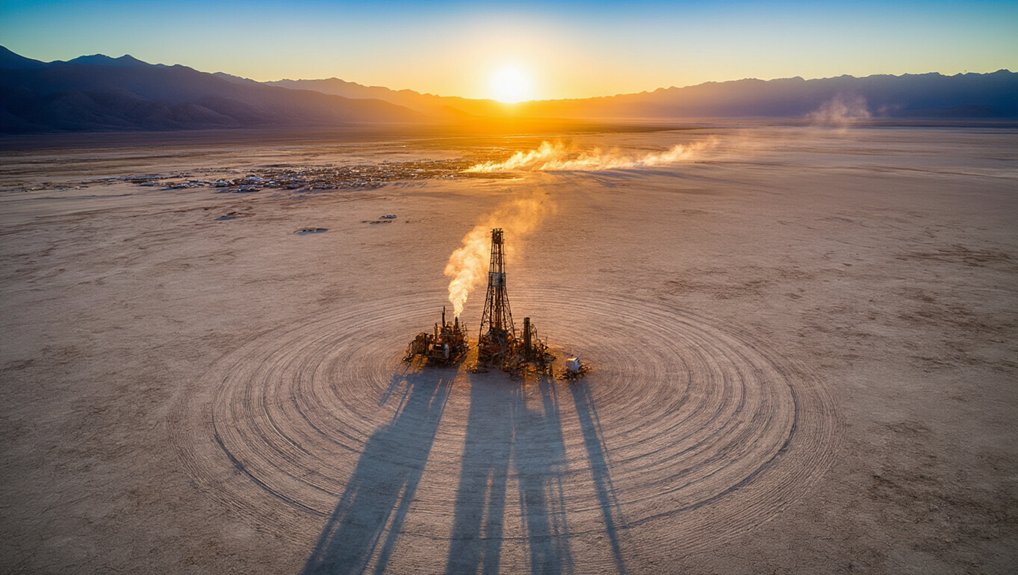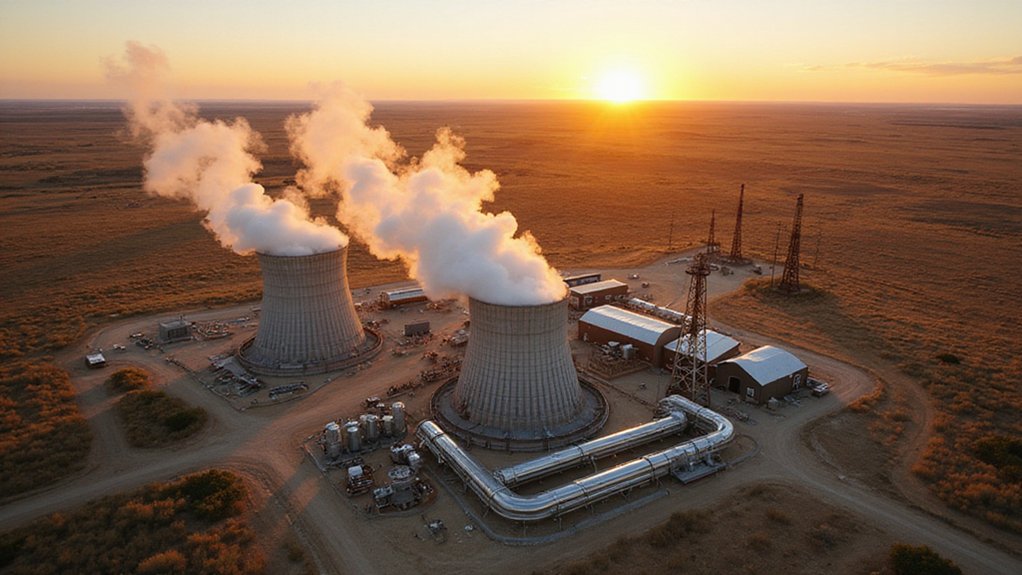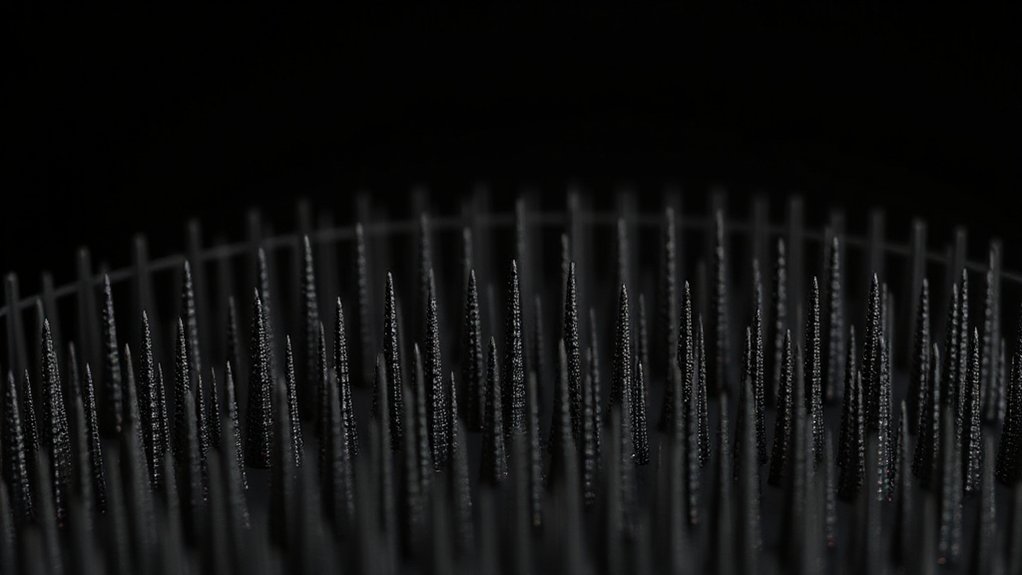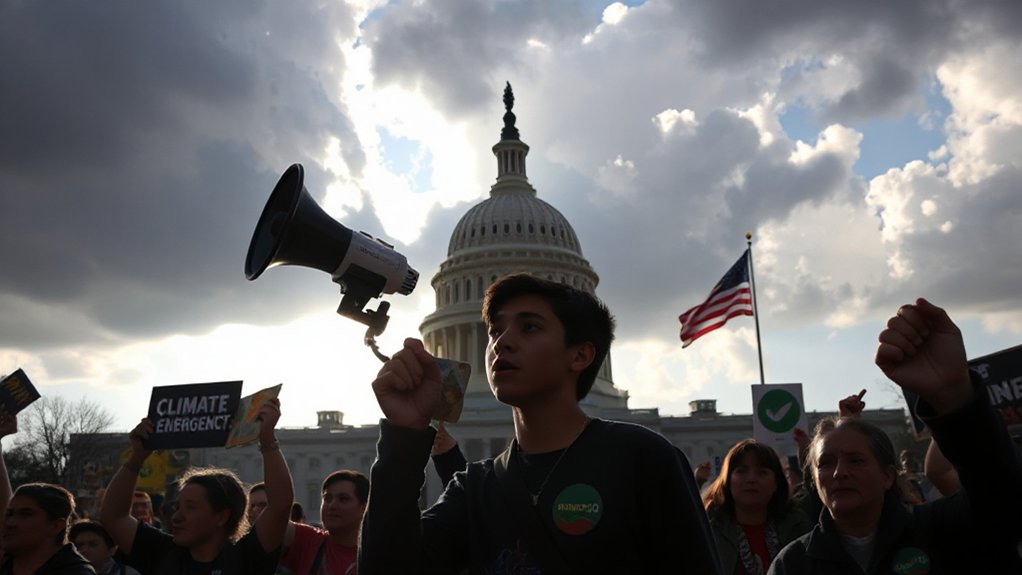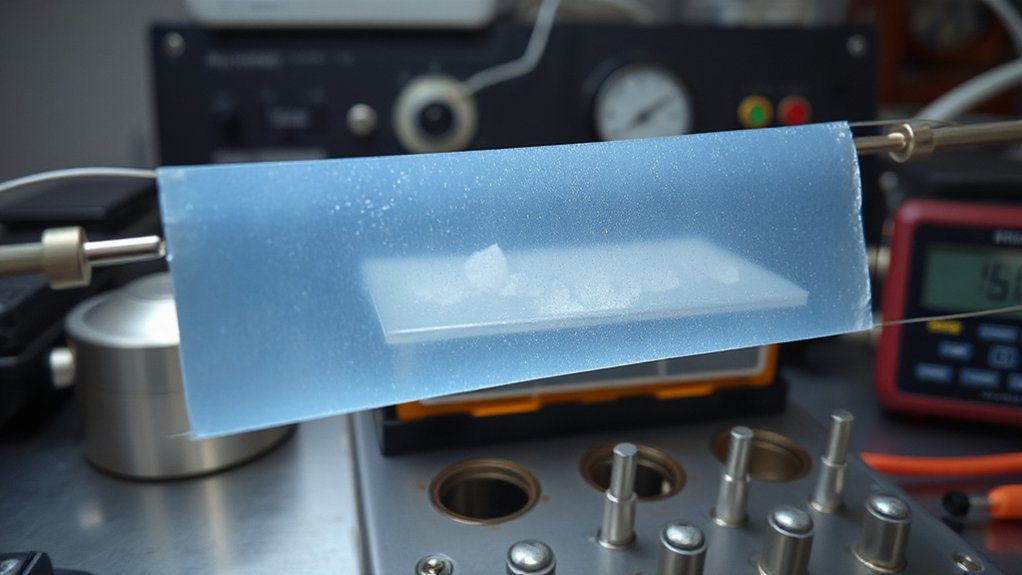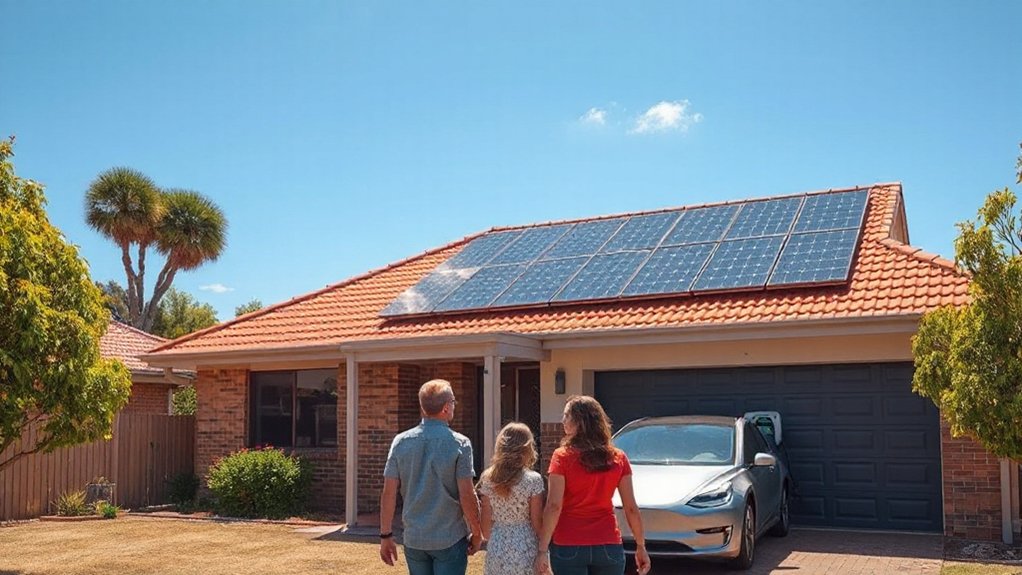Hawaii’s geothermal industry is experiencing both growth and pushback. The Puna Geothermal Venture currently provides about 30% of the Big Island’s electricity needs by tapping into underground heat. Local residents worry about safety issues, especially after the 2018 Kilauea eruption damaged facilities. Meanwhile, state officials see geothermal power as essential to reaching Hawaii’s goal of 100% renewable energy by 2045. The question remains whether volcanic power’s benefits outweigh the risks.
While many states rely on coal or natural gas for electricity, Hawaii harnesses the natural heat beneath its islands to generate power. The Puna Geothermal Venture (PGV), located on the Big Island’s Kilauea East Rift Zone, is the only geothermal plant in Hawaii. It provides about 20% of the Big Island’s electricity needs.
Hawaii sits on a geothermal hotspot, giving it abundant resources for this type of energy production. The PGV plant works by extracting steam from underground wells. This steam powers turbines that generate electricity. The plant also uses a secondary cycle where exhaust steam vaporizes organic fluids, making the process more efficient. Hawaii benefits from geothermal’s high availability factor regardless of weather conditions or time of day.
Hawaii’s volcanic foundation provides ideal conditions for extracting steam that drives turbines through an efficient dual-cycle process.
Before disruptions in 2018, geothermal power made up more than half of the renewable energy used on the Big Island. From 1997 to 2001, PGV saved Hawaiian Electric approximately $13 million annually by replacing fuel oil. This reduction in imported fossil fuels lowers both costs and environmental risks.
Despite these benefits, geothermal energy faces significant challenges in Hawaii. The 2018 Kilauea eruption damaged the PGV site, causing temporary shutdowns and raising safety concerns. PGV has since resumed operations and now generates up to 38 megawatts of electricity for the island. The facility has existing permits for expansion to increase production capacity to 60 MW in the future. Some residents oppose expansion due to environmental, cultural, and safety issues. There are also worries about seismic activity and impacts similar to fracking.
Geothermal energy offers several advantages over other renewable sources. Unlike solar and wind, it provides consistent power around the clock. It also requires less land than solar or wind farms. The process produces fewer greenhouse gases than fossil fuels, making it a cleaner alternative.
Hawaii aims to achieve 100% renewable energy by 2045, and geothermal power is an essential part of this plan. Some experts point to Iceland’s successful use of geothermal energy as a model Hawaii could follow. Potential future developments include undersea cables to transport geothermal power to other Hawaiian islands.
Despite resistance, geothermal energy continues to play a crucial role in Hawaii’s energy mix, helping the state move toward energy independence and sustainability.
